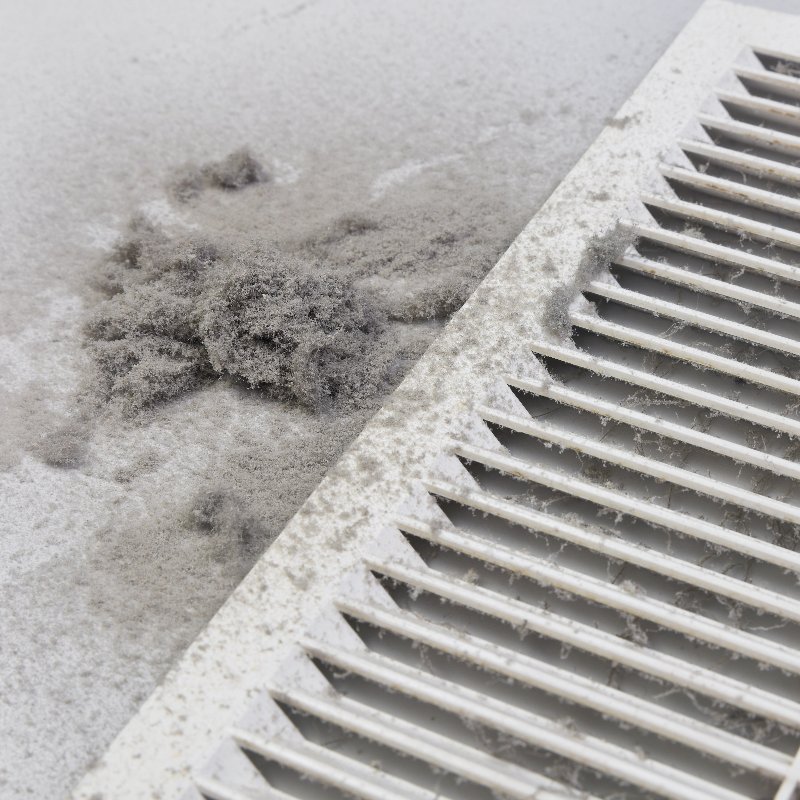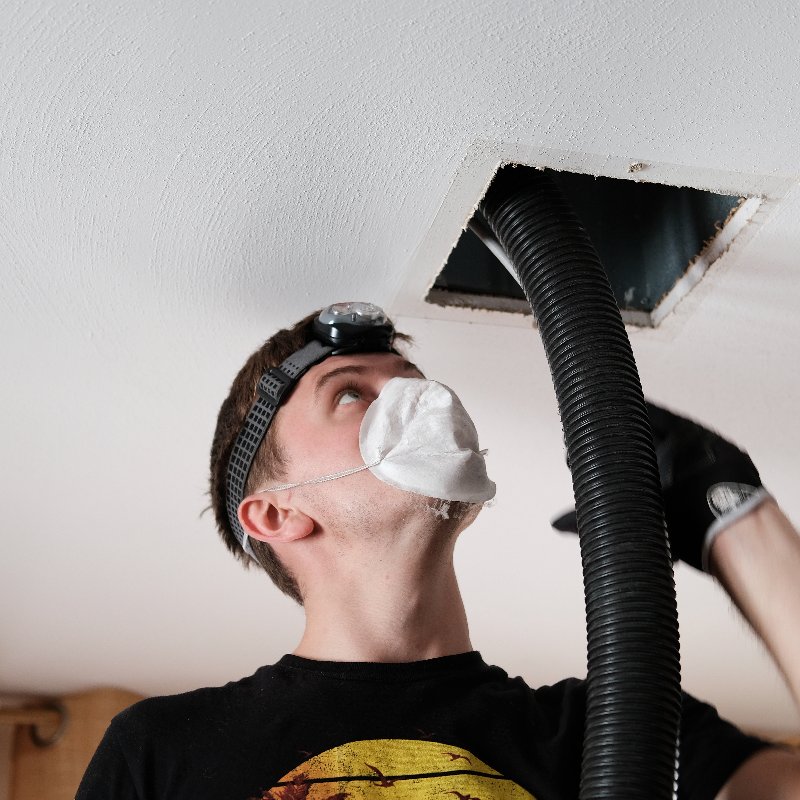
When the air conditioning isn’t cooling right, it is a common assumption that there is a problem with the HVAC system. And while that may be the issue, it could also be something as simple as changing the air filter or it could be more involved – for example, air duct repair may be needed.
The air ducts are the unseen working component of an HVAC system. These are tubes where the air conditioning, or heat, travels from the HVAC system throughout the house and the treated air comes through the vents. The air ducts are the arteries that provide comfort in your home. And like the arteries in our bodies, they need to be clean, clear, and whole to do the job they are intended for doing.
When clogged or damaged though, they can’t do their job, and like the arteries in our bodies, air duct repair and sealing are needed to get the air conditioning pumping through the system again. This is a job best left to professionals, but if you’re able and willing to climb through an attic, you can do your own air duct repairs.
You’ll want to make sure you have the proper tools and the correct type of air duct sealer before you get up in the attic though. So, what do you use to seal ductwork? There are a couple of different methods you can use for air duct repair jobs, among those are these three:
Duct Sealing Tape
Air duct repairs can be done using tape. What kind of tape do you use for ductwork? There is specifically designed HVAC air duct sealing tape, which you may find under aluminum foil tape. This is not the same as the duct tape you may be familiar with used to repair a vinyl seat. This is specifically designed for air duct repair and if available at any hardware or home improvement store. It doesn’t take as much time as the other methods we’ll discuss and isn’t messy. However, it doesn’t have the longevity of the other methods either.
Mastic Duct Sealant
This is a water-based method for air duct repair and is the better option. It cleans up easily and has a longer lifespan than the duct sealing tape described above. Applied using a paintbrush or caulking gun.
Aeroseal Duct Sealant
For DIY air duct repair job, mastic is the best option for a cost-effective and durable method. But in areas that are difficult to reach, it can tricky, and that is when the aerosol method is better. With this method of air duct repair, it can get in those areas you can’t reach to apply tape and it will get to the areas you can’t see too.
How long does duct sealant take to dry?
Following the manufacturer’s instructions is always recommended. Most say to allow twenty-four hours, but that isn’t always possible, especially when the humidity and temperatures are climbing in the summer.
That is when you go with the “touch and check” method to see if it is dry, but experienced HVAC air duct repair technicians do recommend waiting a minimum of thirty minutes. If the air ducts are properly insulated or in a space that is conditioned to prevent sweating, the air duct repair sealant will be dry to the touch within 30 minutes.
How do I find a leak in my air duct?
The most common place for air duct leaks is at the joints where the tubes connect. Turn the HVAC on and head to the attic. Place your hands at each joint, feeling all the way around the ducts. If the connections are loose or broken, you can do your own air duct repair by applying the HVAC aluminum tape around the joints.
Another method for finding air duct leaks while the HVAC system is on is to take an incense stick to the attic and steadily run it along the air ducts. If you notice any smoke movement, this is an indication the air ducts are leaking and may need air duct sealing from the inside. You can attempt to do your own air duct repair using the aerosol method we described above, or it may be time to call for professional air duct cleaning and sealing service.
How do I stop condensation in my air ducts?
To avoid duct condensation, the following steps will help minimize the problem:
- Reduce the Humidity Level: Air ducts should be spaced out, so they have good airflow around them. If your air ducts are in the crawlspace under your home, covering up the soil under them will reduce the moisture. If they are in the attic, you may need more insulation added to the attic.
- Keep Air Ducts Clean and Clear: Have your air ducts professionally cleaned. While the technician is cleaning them, they will make sure there isn’t any blockage, which should eliminate any condensation.
- Change the Air Filters: Make sure you’re changing or cleaning your air filter every 30 days. If there is still condensation forming, you may need to do this every 14 days instead.
- Air Duct Repairs: Keep up with air duct repairs! The more your air conditioning is leaking through the air ducts, the more condensation you’ll have.

In Closing
Your HVAC system is an important investment for your home, making sure you have it in proper condition will give you the best results for comfort and energy efficiency, including any air duct repairs and cleaning.

